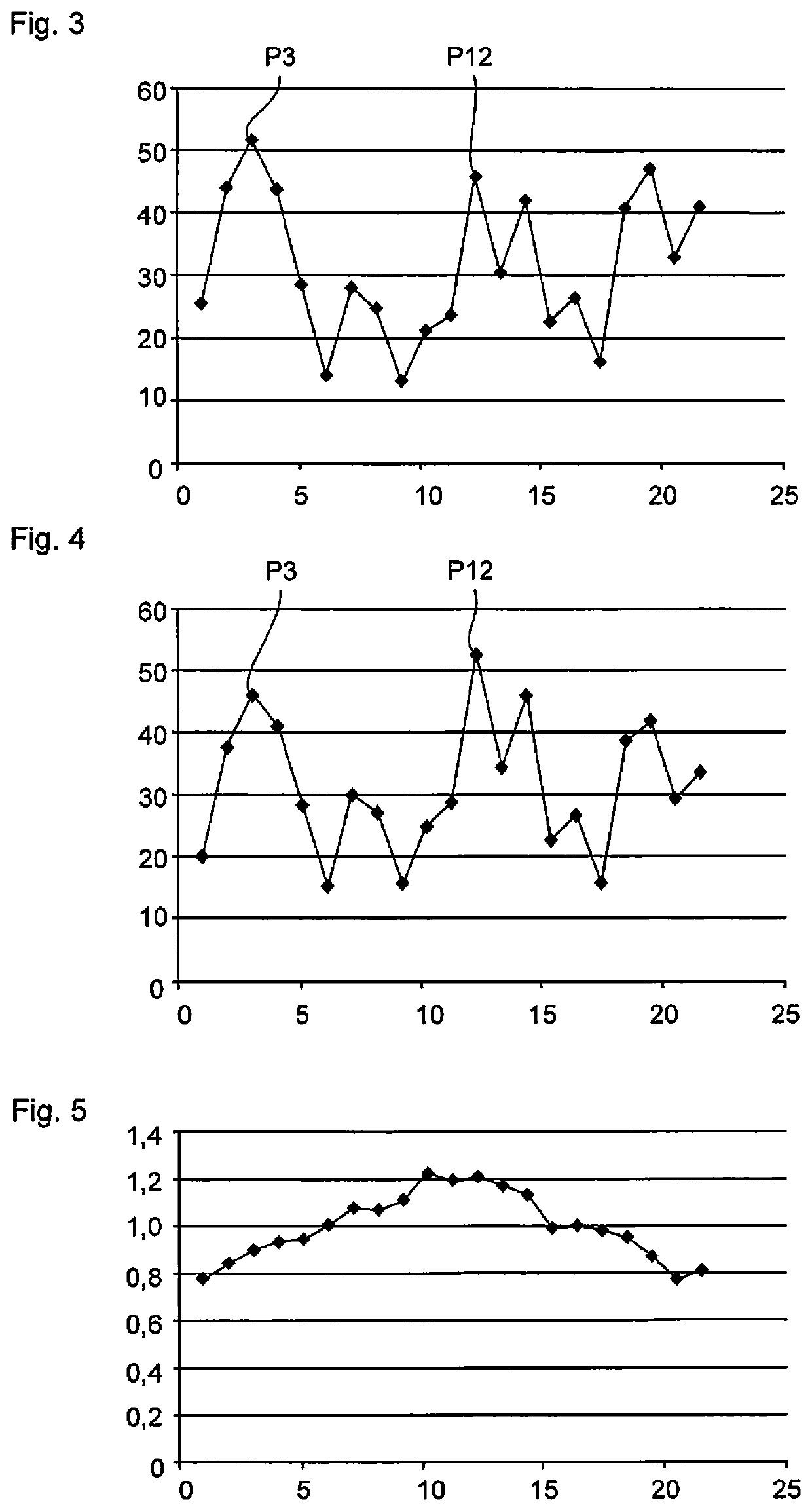Method for imaging a sample by means of a microscope and microscope
a technology of microscope and sample, applied in the field of method for imaging a sample by means of a microscope and a microscope, can solve the problems of insufficient illumination of the sample by means of the illumination unit, insufficient imaging lens system, and insufficient systematic error, etc., to achieve the improvement of the determination the effect of improving the accuracy of the brightness correction imag
- Summary
- Abstract
- Description
- Claims
- Application Information
AI Technical Summary
Benefits of technology
Problems solved by technology
Method used
Image
Examples
Embodiment Construction
[0045]In the embodiment shown in FIG. 1, the microscope 1 according to an embodiment of the invention comprises a transmitted-light illumination unit 2, a reflected-light illumination unit 3, a sample stage 4, an imaging lens system 5, as well as a capture unit 6.
[0046]The microscope 1 can be operated as a transmitted-light microscope in which a sample 7 arranged on the sample stage 4 or an area of the sample 7 is illuminated from below by means of the transmitted-light illumination unit 2 and can be captured, magnified, from above by the capture unit 6 by means of the imaging lens system 5. By means of the capture unit 6 the desired image of the illuminated sample area can then be captured, wherein the captured image has a predetermined number of image pixels.
[0047]The microscope 1 can furthermore be operated as a reflected-light microscope in which the sample 7 arranged on the sample stage 4 or an area of the sample 7 can be illuminated from above by means of the reflected-light i...
PUM
 Login to View More
Login to View More Abstract
Description
Claims
Application Information
 Login to View More
Login to View More - R&D
- Intellectual Property
- Life Sciences
- Materials
- Tech Scout
- Unparalleled Data Quality
- Higher Quality Content
- 60% Fewer Hallucinations
Browse by: Latest US Patents, China's latest patents, Technical Efficacy Thesaurus, Application Domain, Technology Topic, Popular Technical Reports.
© 2025 PatSnap. All rights reserved.Legal|Privacy policy|Modern Slavery Act Transparency Statement|Sitemap|About US| Contact US: help@patsnap.com



